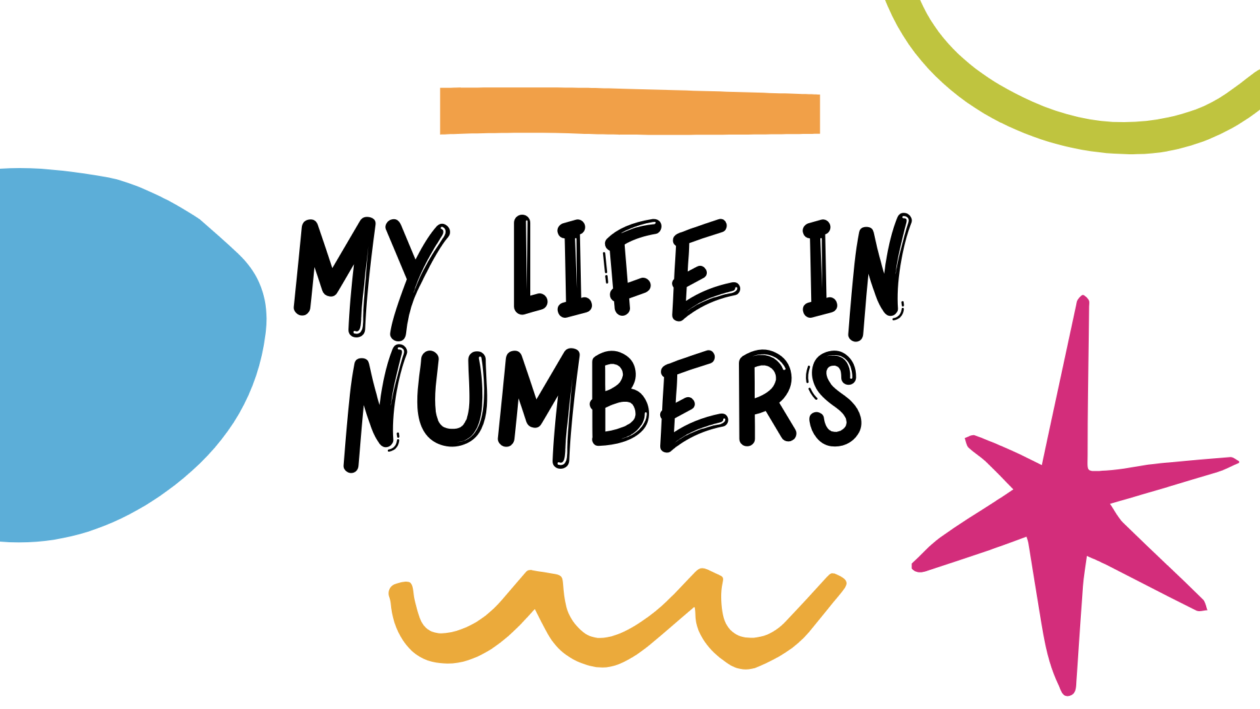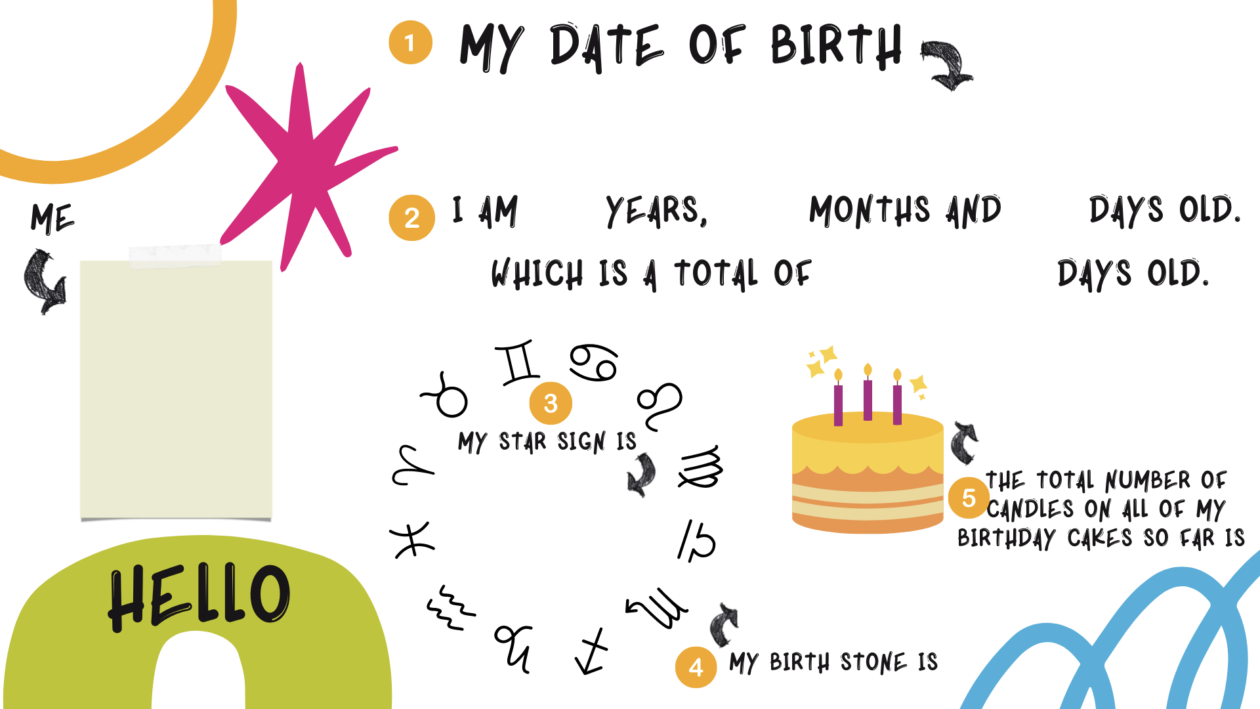Get pupils exploring the numbers that make up their life story so far using the website You’re Getting Old! and Keynote.
.
What Is A Take Off Task?
A Take Off Task can be picked up and used immediately. They’re designed to allow you to get started straight away with minimal fuss, everything you need is here on this page.
.
Take Off Task: My Life In Numbers
Overview
In this task pupils use the website You’re Getting Old! and the downloadable Keynote deck to explore some of the numbers that make up their life story so far. It is a way to get pupils talking about numeracy in relation to their own selves and would be great as a starter to a larger real world based numeracy topic or as a start of year/term icebreaker task.
Pupils input their birthdate into the site You’re Getting Old! and use the data generated to fill in page 2 of the My Life In Numbers Keynote deck, once this is complete there is a mix and mingle task on page 3 of the Keynote deck to encourage pupils to work together and find out more about each other.
.
Pre-Task
- Download the My Life In Numbers Keynote deck
- Decide on how you will distribute this to pupils. You can Airdrop it to them at the start of the task, or upload it to Teams/Google Classroom for them to download.
.
Task Instructions
- Use Safari (or your preferred web browser) to visit https://you.regettingold.com
- Input your date of birth and tap ‘Go’
- Explore your personal number data
- Open the My Life In Numbers Keynote deck (shared by teacher prior to task or at this point)
- On page 2 of the Keynote deck add your picture and fill in your information
- Once everyone has completed page 2, mix and mingle to complete page 3
Remember: with Keynote you can type, write with your finger or even record your voice when collecting information. Just tap on the + in the top right to add something new to your deck.
.
More About You’re Getting Old! and Other Uses
You’re getting old! is an online tool where you enter a date, such as a birthdate, and the site presents a whole range of calculations related to that day by comparison to the current date and time.
The calculations presented include (if it’s for a birthdate) exactly how old at that moment in time that person would be in years, months and days, then presents that as a total number of days, as well as the total number since birth for that date of candles on a birthday cake, the approximate number of times that person’s heart would have beaten, total number of breaths, number of times the moon has orbited the earth in that time, and the number of people who were alive on earth on that birthdate compared to the number today.
As a bit of fun it has some entertainment value, but for a classroom it can also help introduce the concept of comparisons of time in history, or other curricular areas related to specific pieces of information (such as science when looking at heartbeats, breaths or moon orbits).
Another calculation included is in making a comparison to the length of time elapsed from the birthdate until today compared to something in history from that same birthdate but going backwards in time by nearly as far back. Thus as an example for a child in a class whose birthdate might have been 29 January 2010, thus comparison calculation on that date in 2019 would be “When you were born was nearer to the 9/11 terror attacks than today.” This can highlight something that to people who have that earlier event in their own lifetime perhaps reflecting the passage of time between people of different ages and their perceptions of how long ago something happened.
There are links to social subjects when it comes to comparing, for the length of time which has elapsed since the birthdate selected, how far a single location on the planet has travelled as it rotates, the distance travelled as the Earth revolves around the Sun, and more.
Then the site picks out selected historical events from the birth year, from early childhood, later years as appropriate. And it notes the dates on which that child will reach certain milestones – in a classroom context when numbers start to get large when you can no longer actually picture them in your mind, this site can be used to get children to try to guess the number of days until certain landmark dates before revealing the site’s calculations.
For birthdates of adults (you can use those of celebrities known to pupils) there are additional comparison calculations (they won’t appear for children’s ages since it relies on information comparing the ages of two other well-known people) – such as taking an adult’s age and showing it as the sum of two younger people (so that could be an older named actor being the same age as two other named child-actors).
One last comparison displayed is a pie chart showing the number of people born on the same birthdate as that selected and highlighting the number who are still living. This, like many of the other calculations, can provide the starting point for discussions for social studies subjects.





